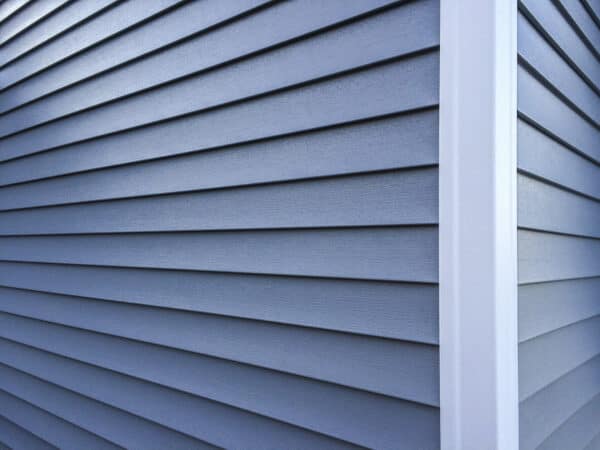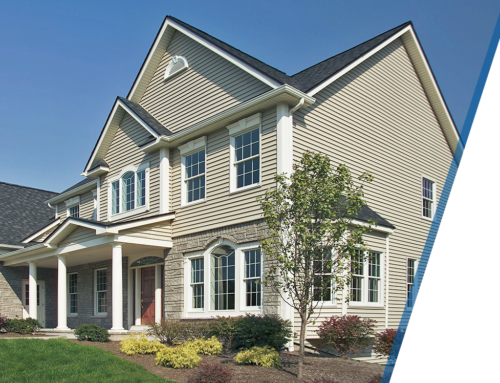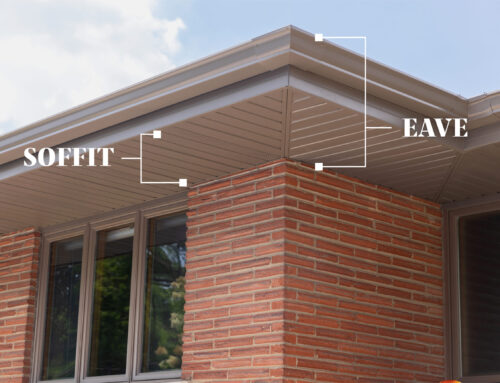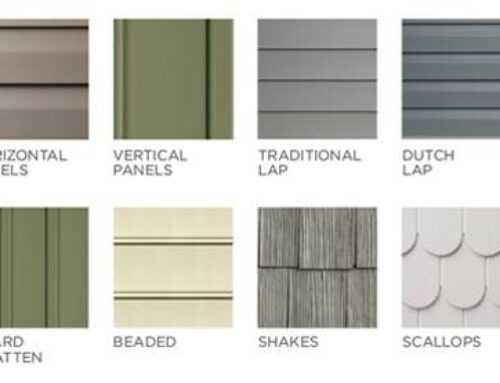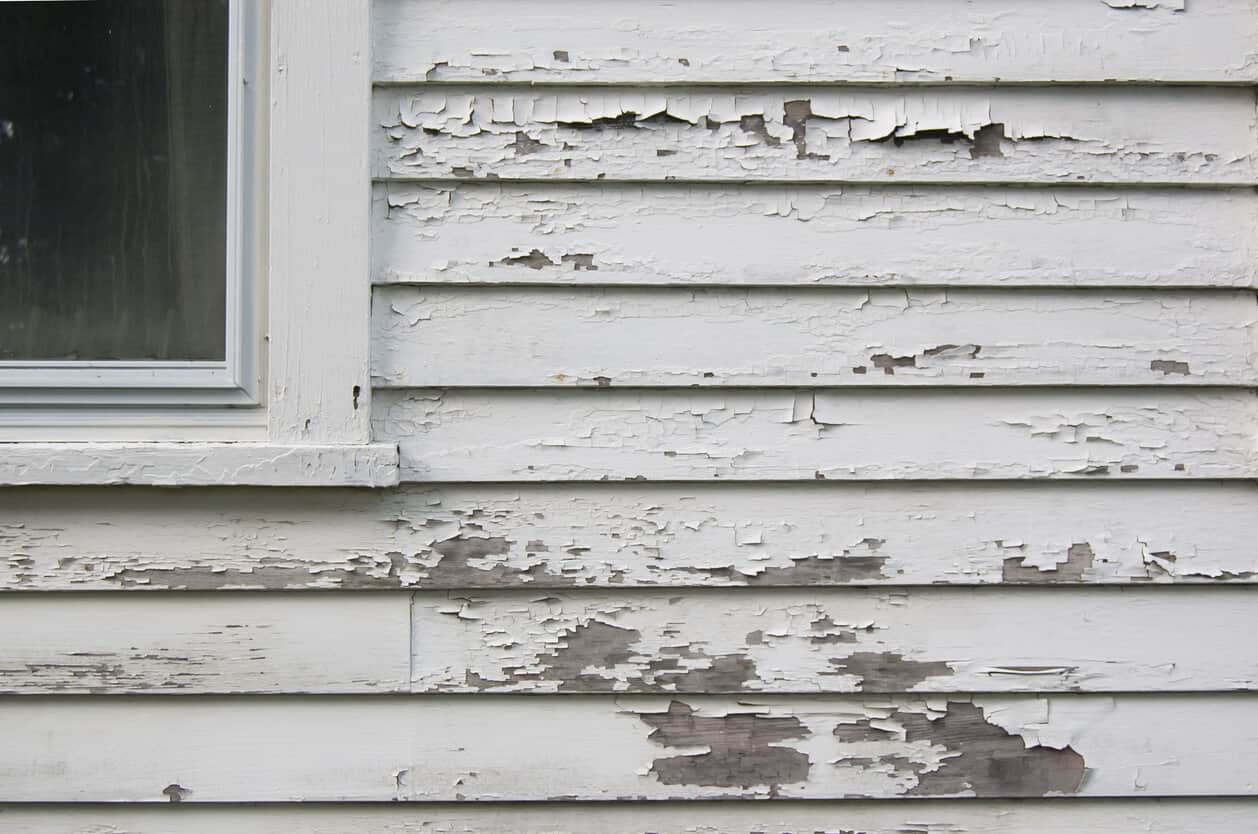
Wood siding has some benefits but is expensive to buy, install, and maintain. So, perhaps it is time to consider replacing wood siding with vinyl siding. Here are some of the reasons to complete a siding replacement project.
Contents
Contents
Why You Should Replace Your Wood Siding with Vinyl Siding
Many homeowners are choosing to replace their existing wood siding with vinyl siding. Here are some benefits of vinyl siding and completing this home improvement project.
Vinyl siding is longer lasting than wood siding.
Quality vinyl siding should last between 30 and 40 years with minimal maintenance. However, the average lifespan of wood siding ranges from 20 to 30 years in areas with ideal climates. If you live in an area known for harsh weather patterns (extreme temperatures, excessive sunshine, or a lot of snow, ice, or rain), you may struggle to get 30 years out of your wood siding.
Vinyl siding is more affordable than wood siding.
Vinyl siding is cheaper to purchase and install than most wood siding products, and homeowners report that their homes increase in value by 67.2% of the project’s cost (in the west-south central region of the U.S.).
Vinyl siding maintains its beauty.
Vinyl siding comes in a wide range of colors and styles. Not only will your new siding immediately improve your curb appeal, but it will also retain its beauty when expertly installed. The vinyl resin surfaces are fade and scratch-resistant, which means your new vinyl siding will maintain its new appearance for a long time.
Vinyl siding is easier to maintain than wood siding.
Your existing wood siding needs a paint job. It’s likely it does because the paint on wood surfaces fades, cracks and chips. Wood siding typically needs to be repainted every three to seven years.
Instead of buying expensive paint and finding a professional painter, consider putting that money toward installing vinyl siding. Vinyl siding is virtually maintenance-free, and your home will be beautiful for years.
Vinyl siding is an eco-friendly choice.
Vinyl siding is made from polyvinyl chloride or PVC. This type of thermoplastic can be ground up repeatedly, re-melted, and formed into various new products – including new vinyl panels. Wood siding, however, requires the ongoing use of toxic stains, paints, and sealants.
There’s another ecological reason to install vinyl siding. Quality siding products can increase the energy efficiency of your home. How much energy do you use to heat or cool your house with your existing siding? According to research by the Department of Energy, your siding replacement project may eventually pay for itself in lower utility bills.
Woodbridge Home Solutions Can Answer Your Questions About Replacing Wood Siding with Vinyl
We know you have additional questions about how to install vinyl siding over old wood siding (or aluminum siding), such as:
- Does the wood siding need to be in good condition before vinyl siding can be installed over the top? If it’s not in good condition, can something be done to provide a flat surface for the new installation?
- Will my window and door frames need to be adjusted after the vinyl siding is installed?
- Will I need a house wrap under the vinyl siding panels?
We will be happy to answer these questions and help you compare vinyl siding with other siding products. In addition, we will walk you through all the options you have to beautify your home’s exterior.
You can depend on Woodbridge Home Solutions for all your home improvement needs. Besides offering insulated vinyl siding products, we can also install premium triple-pane replacement windows and quality reinforced entry doors or patio doors.
Key Takeaways: Comparing Vinyl Siding to Wood Siding
-
- Vinyl siding lasts longer than wood siding.
- Wood siding needs regular maintenance to stay in good shape. On the other hand, vinyl siding is almost maintenance-free.
- Wood siding is more expensive to buy, install, and maintain than vinyl siding.
- Installing vinyl siding is an eco-friendly choice.


